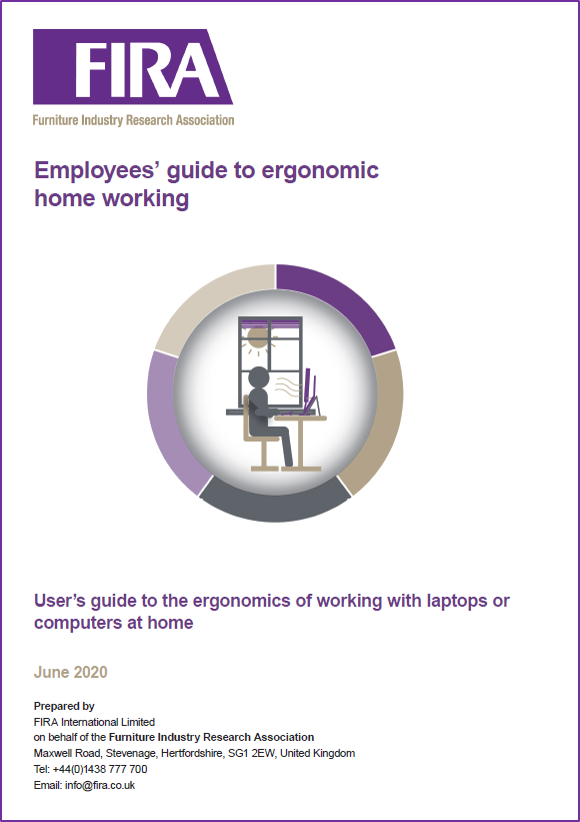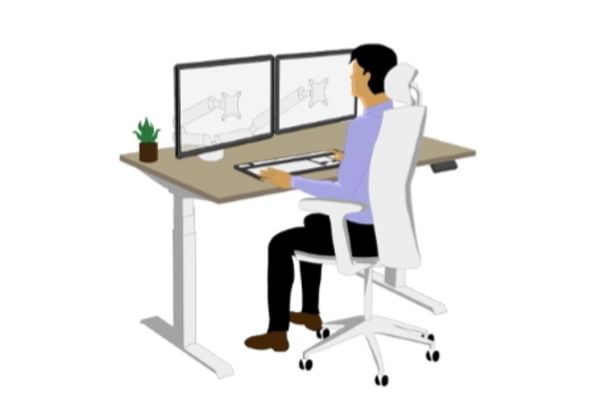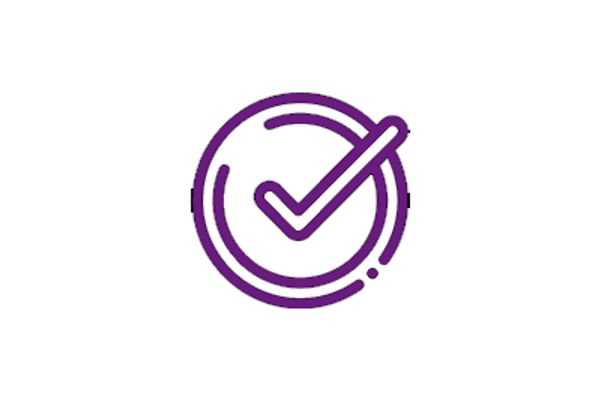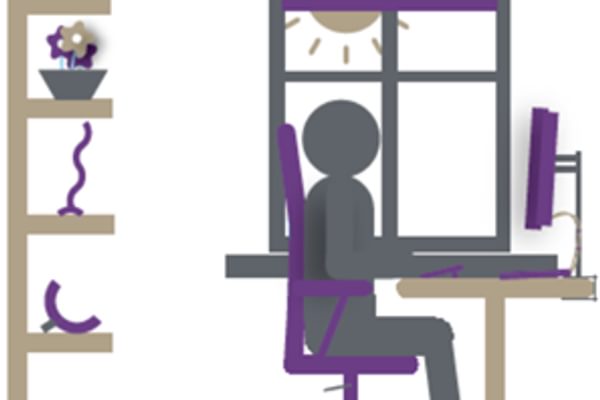News Article
Beyond 100 days of home working
As almost half of all UK workers have now spent 100 days working from home, a research association warns that businesses must take the health impact of remote working seriously.
To encourage healthy working from home in the longer term, the we've produced free guides for employers and employees on ways to optimise the home working environment, as we move out of an emergency situation and into the longer term.
The two guides — one offering crucial advice for employers and another providing practical guidance for employees — FIRA’s Ergonomics team
The guide for employers covers information they should provide for staff working from home, as well as information on workplace assessments and relevant regulations.
The employee guide is a simple to follow practical document, which sets out the best way to work depending on individual set-ups, whether working from a fully kitted out home office, or at a dining table in a shared flat. It also includes tips on ways to boost mental health as well as physical health.
FIRA International’s Chief Ergonomist, Levent Çaglar, says that while the mutual benefits of flexible working have become clear over the last three months – such as greater productivity, less time spent commuting and a better work-life balance. For home working to succeed longer term, employer and employee must carefully consider the difference an optimised work environment would make.
Levent explains: “After 100 days of working from home the time has come for people to take stock of their environment and ask how their health may be being affected. Employers must properly support remote workers to optimise their home workplace, otherwise they’ll take a further hit in terms of lost productivity. This could be time wasted from working with multiple documents on a small screen or physical days lost to sickness absence, because of back, neck and shoulder problems.
“This isn’t about paying out for expensive kit, but making sure that employees understand how to make their work environment as ergonomic as possible – and much of this is to do with regular breaks and movement, rather than equipment.
“An ergonomically set-up workstation promotes comfort, increases productivity and boosts mood, which is crucial in this current climate. In contrast, a poorly designed set-up can lead to inefficiency, difficulty in getting motivated and staying focussed and aches and pains from adopting poor posture, for prolonged periods of time.”
Employer guide
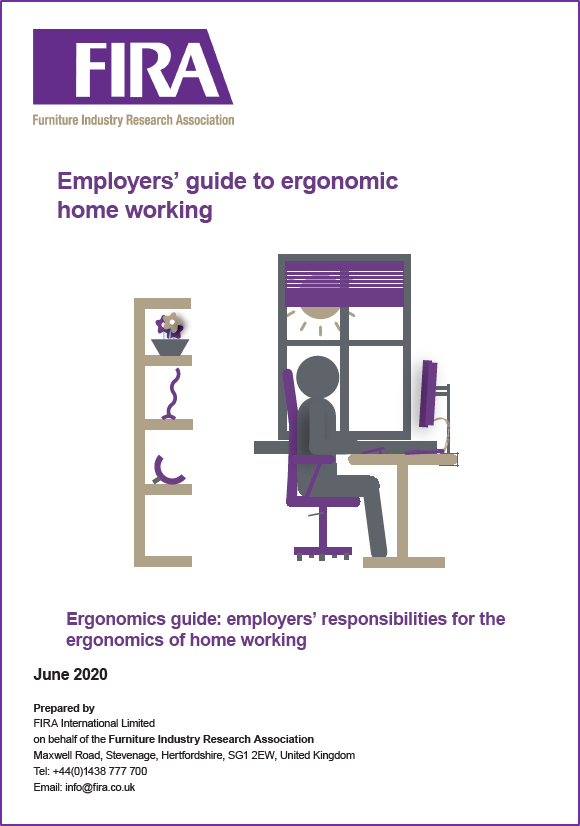
Employee guide
